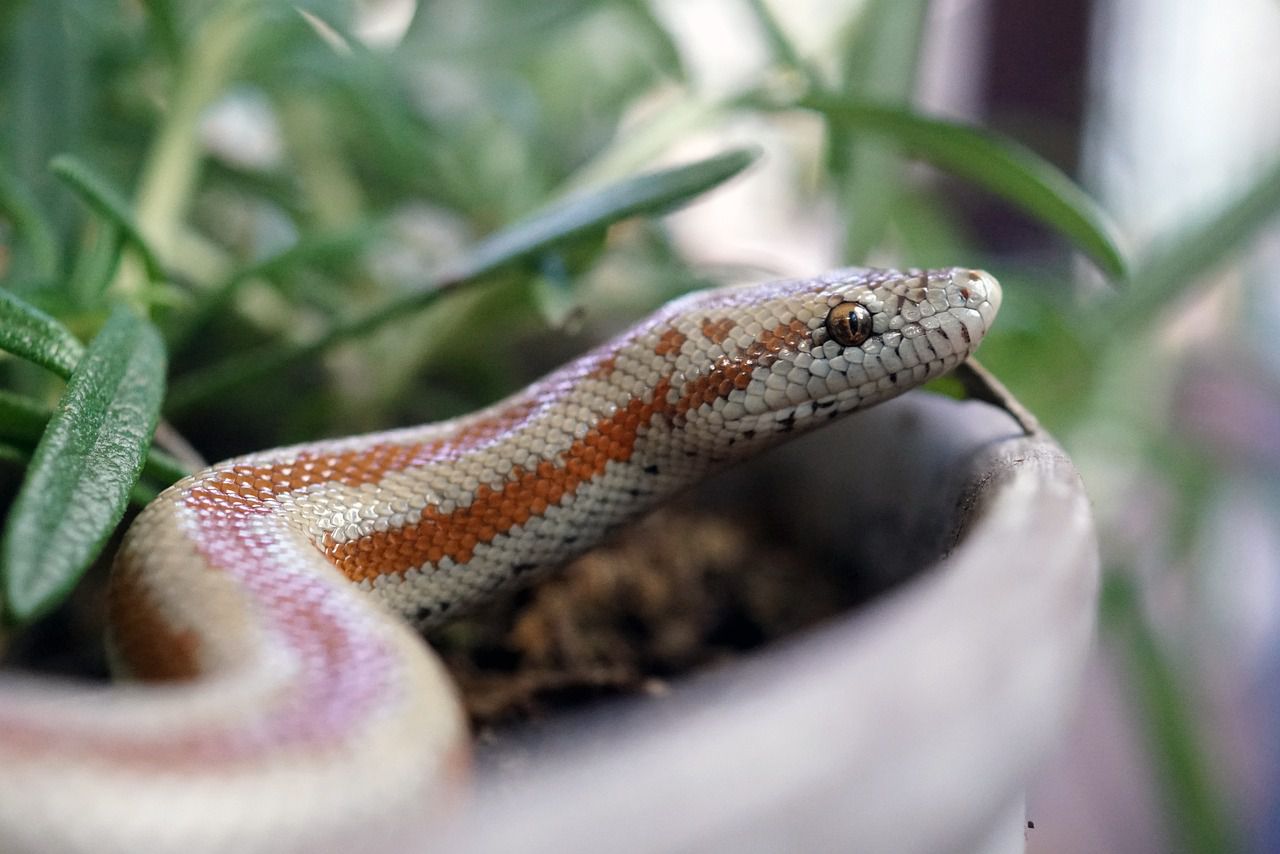While some people are afraid of snakes, others find them beautiful and fascinating, so they want to keep them as pets.
Pet snakes can be safe to keep, but it's important to approach snake ownership with careful consideration and responsible practices.
Here are some factors to consider.

Species Selection
Not all snake species are suitable for beginners or inexperienced snake keepers.
Some snakes are more temperamental, aggressive, or have complex care requirements.
Research and choose a species that matches your experience level and commitment.
Handling
Snakes have different temperaments, and some tolerate handling better than others.
While some snakes are docile and tolerate being handled, others can be nervous or defensive.
It's important to handle your snake gently and with confidence, and to gradually introduce handling to minimize stress for both you and the snake.
Health and Hygiene
Just like any other pet, snakes require proper care to maintain their health.
Regular cleaning of their enclosure, proper feeding, and monitoring for any signs of illness are essential.
If you're unsure about their health, consult a veterinarian with experience in reptile care.
Enclosure Setup
Snakes need a suitable enclosure that mimics their natural habitat.
This includes providing the right temperature, humidity, substrate, hiding spots, and appropriate furnishings.
An improperly set up enclosure can lead to stress, health problems, and even escape.
Feeding
Snakes are carnivorous and eat a diet of rodents or other appropriate prey items.
The frequency and size of meals depend on the snake's size and species.
Some snakes might only eat live prey, while others can be transitioned to pre-killed or frozen-thawed prey for safety.












